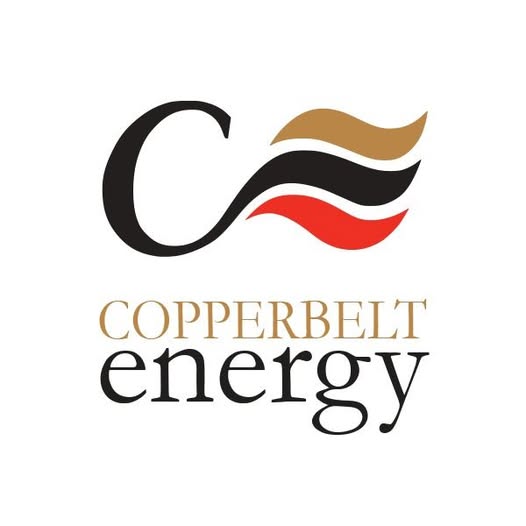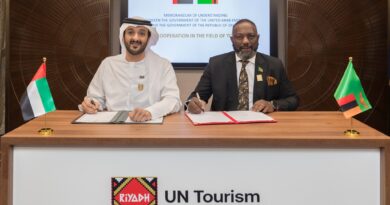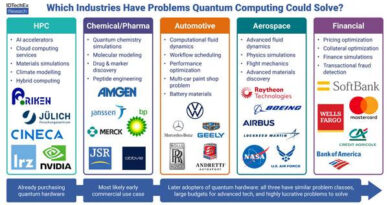CEC Posts Strong Half-Year Results as Revenue Jumps 58% and Profit Climbs 42%
Copperbelt Energy Corporation Plc (CEC) has reported strong financial results for the half year ended 30 June 2025, with revenue and profit growth driven by increased power demand from mining operations and strategic investments in renewable energy and transmission infrastructure.
According to unaudited results released to the Lusaka Securities Exchange (LuSE), CEC recorded revenue of USD 360.0 million in the six months to June 2025, up 58.0% from USD 227.8 million in the same period last year. Profit after tax rose 42.4% to USD 61.5 million, compared to USD 43.2 million in the first half of 2024. Earnings per share increased to 3.8 cents, up from 2.7 cents.
Gross profit stood at USD 102.2 million, while operating expenses were USD 29.8 million. The results were also boosted by a USD 10.4 million write-back of previously impaired receivables from Konkola Copper Mines (KCM).
CEC’s cash position remained robust, with cash and cash equivalents at USD 198.8 million at the half-year, compared to USD 139.1 million a year earlier. The company confirmed it made a coupon payment of USD 3.9 million on its outstanding USD 150.27 million Green Bond during the reporting period.
CEC Chief Executive Officer, Owen Silavwe, said the strong results reflected “growing power demand due to increased mining production across our markets,” adding that the group had “significantly stepped-up capital investments in energy transition projects, new transmission infrastructure, and digital technology to enhance operational sustainability and efficiency.”
He noted that revenue and profit growth “affirms the Group’s resilience and agility in navigating a challenging business landscape,” though supply-side constraints continued to pose risks.
Safety performance also improved, with no lost-time injuries reported during the half year, compared to one incident in 2024.
CEC is advancing several renewable and transmission projects, including:
- Construction of the 136MW Itimpi 2 and 12.5MW Fitula solar power plants.
- Progress towards financial close on the 25MW Garnerton South solar project in Q3 2025.
- Expansion of the Zambia–DRC interconnector, nearly doubling transmission capacity.
- Development of new power connection assets to support upcoming mining projects.
“These projects mark the start of an exciting new growth phase for CEC,” Mr Silavwe said, adding that the company was focused on “delivering high-quality asset and earnings growth, ensuring CEC remains an attractive and compelling investment proposition.”
Total assets rose to USD 936.6 million at 30 June 2025, up from USD 737.2 million a year earlier. Equity improved to USD 516.4 million, compared to USD 458.9 million in June 2024.
Net cash flows from operating activities were USD 34.2 million, compared to USD 49.0 million in the prior year. Investing activities consumed USD 50.9 million, reflecting higher capital expenditure, while no major financing flows were reported during the period.
CEC confirmed that, in line with policy, no dividend was declared or paid in the first half. Dividend decisions are typically considered in the second half of the year.
CEC’s wholly-owned subsidiary, CEC Renewables Limited, also released its audited results for the year ended 31 December 2023. The renewable energy arm reported revenue of USD 2.53 million from its 34MW Riverside Solar Plant, EBITDA of USD 2.16 million, and profit after tax of USD 218,000.
CEC Renewables successfully issued the first tranche of its USD 200 million Green Bond programme, raising USD 53.5 million, which was oversubscribed. Proceeds refinanced shareholder loans and funded the ongoing construction of the 60MW Itimpi Solar Plant, due for completion in 2024.
Asset Manager Hilton M. Fulele highlighted the company’s sustainability achievements, including the generation of 46.6 GWh of renewable power in 2023 and avoidance of over 63,000 tonnes of CO₂ emissions once new solar projects are operational.
CEC said it remains committed to expanding interconnection capacity, reinforcing transmission infrastructure, and adding new clean energy generation to meet rising demand across Zambia and regional markets.
The company cautioned, however, that forward-looking statements are subject to risks and uncertainties, and actual outcomes may differ from projections.



